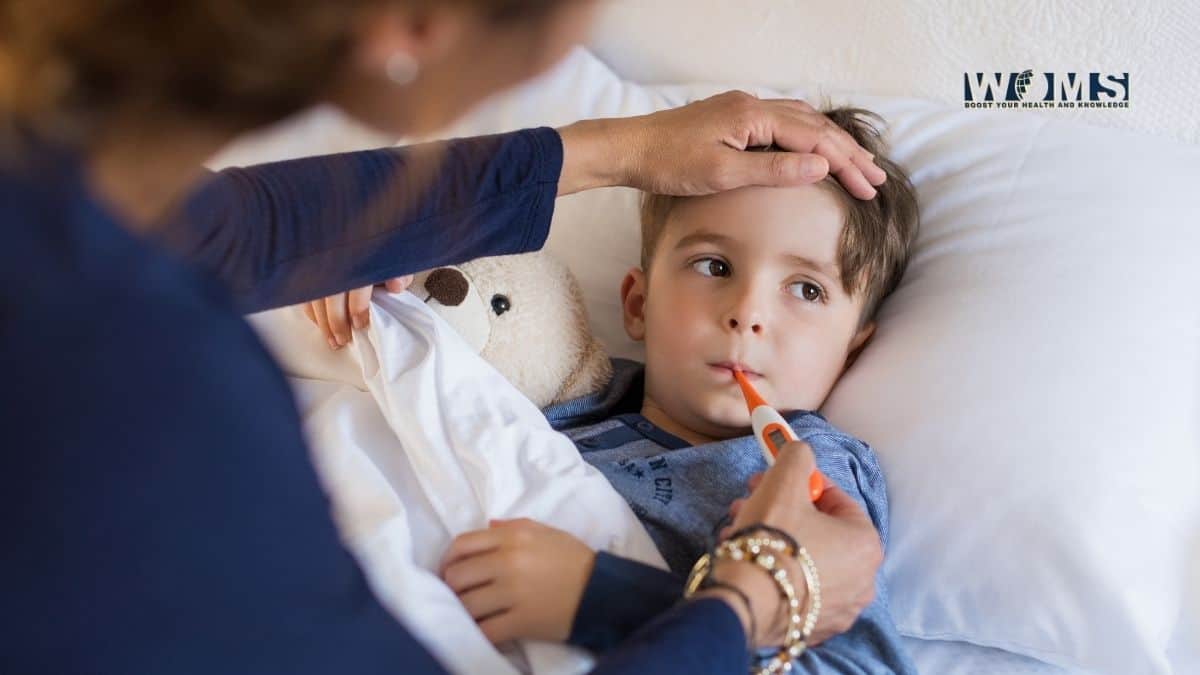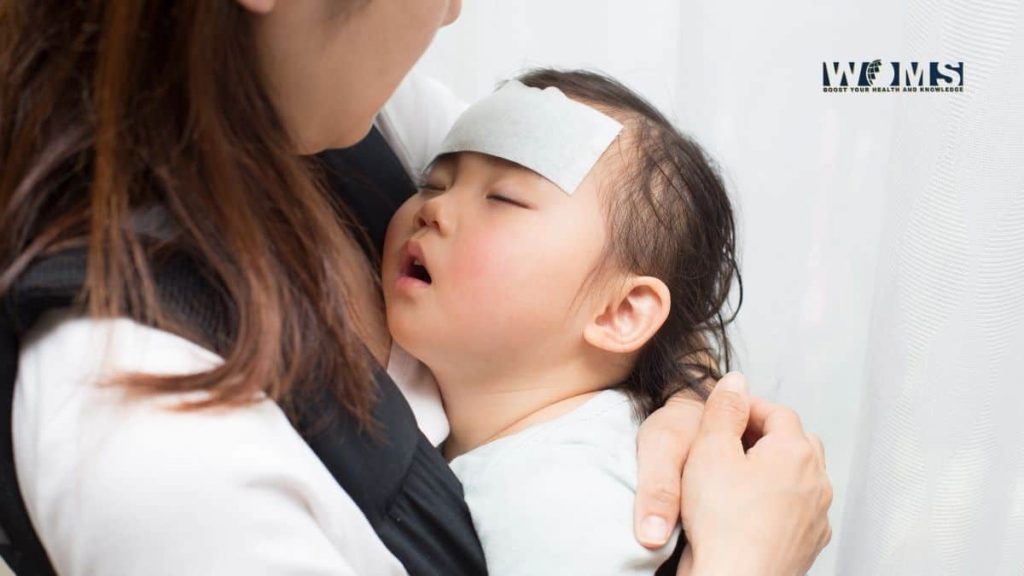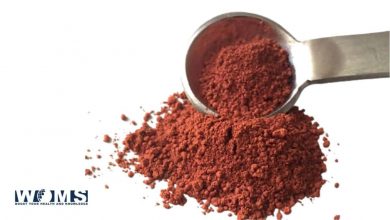5 Things You Need To Do When Your Child Has A Fever

Fever is defined medically as a body temperature of 100.4F or higher. Fever is a very common symptom in children, often making the child and, consequently, the parent restless. However, fever isn’t necessarily a serious symptom. So, you must wonder what to do when your child has a fever.
According to research, fever is often used as a defense against infection. When your body has an infection, the part of the brain that controls body temperature increases the body temperature to kill the germs. In the process, the body records exceedingly high temperatures, known as a fever.
The threshold of fever may differ since body temperatures vary. Depending on the child’s age, they may also have varying temperature tolerance, as seen in the child fever temperature chart in Australia here. However, 107F or 41.6°C is as high as it should get.
Before it gets there, there are several things you can do to control the fever, as will be discussed in this article.
How To Determine Whether Your Child Has A Fever
The easiest way to tell if your child has a fever is by touching their forehand to feel their temperature. Other than that, here’re symptoms that show your child has a fever.
- Restlessness;
- The child is fussy and irritable.
- The child complains of feeling too warm while the room is cold.
- Breathing rapidly;
- Poor appetite;
- Body aches;
- Difficulty sleeping;
- Seizures;
If your child exhibits any symptoms above, it may be a good time to measure their temperatures just so you’re sure it’s not a fever. You can take your child’s temperature by measuring the rectum, mouth, skin, ear, or armpit. However, temperatures vary on each of these body parts, as discussed below:
Rectal Temperatures
These are temperatures taken from the rectum. It’s the most accurate temperature, although taking the temperatures for children is uncomfortable. If you aren’t a medic, it can also be unsafe to do rectal temperatures.
Oral Temperatures
This is the second most accurate temperature with only about half a degree lower than the accuracy of rectal temperature. You only have to place the thermometer in the child’s mouth for a while to record the temperatures.
Armpit Temperatures
These temperatures are a quarter to a half less accurate than rectal temperatures in newborns and up to a degree less accurate for older children. Therefore, when measuring armpit temperatures, 37.5°C should be considered abnormal.
Ear temperature
These types of temperatures are less sensitive and hence less accurate.
Therefore, oral temperatures are the best when taking your child’s temperature. Should you find out your child has a fever, here’re five things you can do.
Loosen Their Clothing
After realizing your child has a fever, the first thing you want to do is loosen their clothes. This helps them release any trapped heat from the tight clothes helping them feel more comfortable.
Other than loosening their clothes, doctors recommend that you dress the child lightly. Therefore, if your child has a coat, remove it and let it remain, perhaps with a T-shirt. If the child is sleeping, remove an extra blanket and cover it lightly. This helps to avoid trapping excessive heat.
Encourage Your Child To Rest
Sleeping or resting helps to reduce the severity of the fever. However, ensure that the room where the child rests has cool temperatures. If the child still feels too hot, you can switch on the fan to help cool down the room.
Remember to also cover the child lightly to avoid trapping excessive heat.
Use Tepid Sponging
Tepid sponging essentially involves using a sponge bath to increase the control of body temperatures through conduction and evaporation. In this case, it’s used to lower the temperatures.
During tepid sponging, you’re required to place a moist towel on the child’s
- Forehead
- Neck
- Groin area
- Under the armpits and any other body part generates excessive heat.
The water should be tap water, not ice water, and when the moist towel warms up, dampen it again. Also, don’t use alcoholic baths due to the risk of alcohol toxicity absorbed through the skin.

Give Your Child A lot Of Fluids
When having a fever, the body may become dehydrated due to sweating. The body is trying to lose heat by all means, including sweating. Therefore, you must replenish the hydration lost. Give your child fluids such as water, popsicles, or diluted juice.
Also, fluids are very important since, most of the time, the child doesn’t have the appetite to eat. Therefore, don’t force your child to eat. If they have to eat, feed them light food like
- Soups
- Ice cream
- Yogurt
- Soft fruits
- Milk
Use Over-The-Counter Medicine
You may have to go the pharmaceutical way if all four tricks fail. Here’re some of the over-the-counter drugs you can use to lower your child’s fever.
- Panadol Or Any Other Paracetamol
The dosage will be indicated according to your child’s age.
- Ibuprofen
This is for children who are six months and above.
- Acetaminophen
The dose listed on this drug is usually for children older than two years. If they’re younger, you may have to consult with your doctor first.
When To Call A Doctor
Sometimes, all these methods of reducing your child’s fever may fail, and the fever may be recurring. When that happens, it’s time to visit a doctor and seek medical help. Here’re some of the indicators.
- If the temperatures rise to 104F or higher.
- If the child has other severe symptoms. These symptoms include a headache, sore throat, stiff neck, rash, or ear pain. This may indicate a more severe sickness.
- If the fever lasts more than three days.
- If the child has a seizure.
What Not To Do!
Finally, knowing what not to do when your child has a fever is just as important as knowing what to do. Therefore, here’s a list of things you shouldn’t do.
Don’t use aspirin to treat the fever. Aspirin has been found to have side effects such as upsetting the stomach, which may worsen the situation. Also, it has been found to cause intestinal bleeding and conditions like Reye syndrome.
Avoid using cold and flu medicine to treat the fever, especially for children younger than four years. If you have to, first consult a doctor, even for older children. So, you might have got an idea about what to do when your child has a fever.
Also Read: Factitious Fever
Wrapping Up!
Fever isn’t necessarily a serious symptom. Therefore, the next time your child has a fever, consider using the methods discussed in this article to treat the fever at home. These methods include loosening the child’s clothes, encouraging them to rest, and tepid sponging them, amongst other methods. However, you may need to see the doctor if the symptoms worsen. Also, knowing what not to do is equally as important as knowing what to do.
So be sure to re-read that part of the article. Wishing you a quick recovery for your child!




